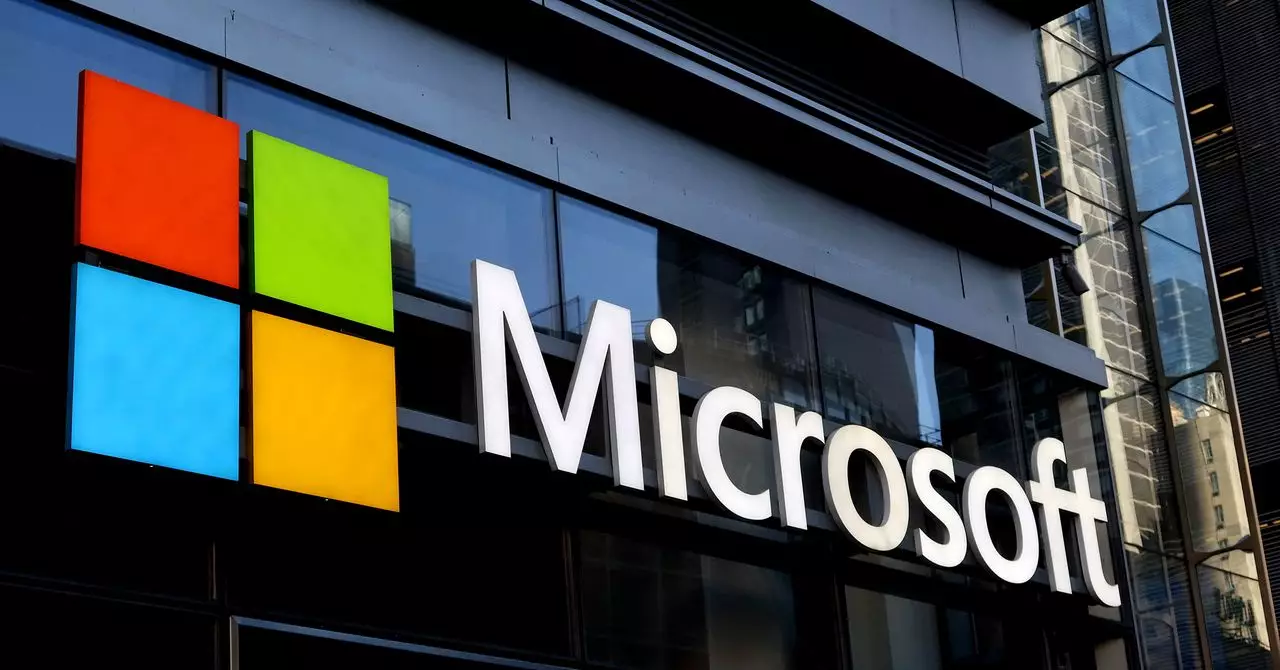Microsoft has unveiled a groundbreaking advancement in artificial intelligence that promises to redefine the way diseases are diagnosed. Their new AI framework, coined the MAI Diagnostic Orchestrator (MAI-DxO), leverages the collective intelligence of multiple state-of-the-art AI models, pushing the envelope far beyond traditional diagnostic methods. This system doesn’t merely rely on a single AI model, but instead mimics the collaborative processes human doctors use—combining insights, debating hypotheses, and refining conclusions. Consequently, the model achieved diagnostic accuracy four times greater than a panel of expert physicians, representing a monumental leap that signals the dawn of what some call “medical superintelligence.”
Harnessing Synergy: The Power of AI Collaboration
What sets Microsoft’s approach apart is its innovative orchestration tactic. Instead of using AI as a solitary oracle, MAI-DxO integrates multiple cutting-edge models—OpenAI’s GPT, Google’s Gemini, Anthropic’s Claude, Meta’s Llama, and xAI’s Grok—into a “chain-of-debate.” This method harnesses diverse reasoning styles and analytical strengths collectively, something a single AI wouldn’t achieve alone. Much like a team of specialized doctors cross-examining a complex case, these AIs iteratively query each other to reach the most plausible diagnosis. This orchestrated collaboration is not just a concept—it’s the core innovation driving both superior accuracy and reduced diagnostic costs.
The Underlying Testing Framework: A Thoughtful Benchmark
Microsoft’s team didn’t simply toss their model against arbitrary medical data. They devised a clever and rigorous testing ground called the Sequential Diagnosis Benchmark (SDBench), based on 304 real-world clinical case studies from the prestigious New England Journal of Medicine. Crucially, SDBench focuses on replicating the diagnostic process step-by-step—symptom evaluation, ordering pertinent tests, and interpreting results—mimicking the iterative and layered approach human doctors take. This simulation underscores how the AI is not just spitting out guesses but engaging in a genuine reasoning journey, making the results both impressive and trustworthy.
Economic and Ethical Dimensions: Cost-effectiveness and Challenges
Beyond its clinical prowess, Microsoft’s AI shows promising economic benefits by cutting diagnostic costs by about 20 percent. By intelligently selecting less expensive but effective procedures during its diagnostic pathway, the system has the potential to significantly reduce the financial burden on healthcare systems—an especially welcome innovation for a cost-sensitive environment like the United States. Yet, this promising frontier is not without its pitfalls. The AI’s performance is only as good as the data it learns from, and concerns around demographic bias linger. There is an ever-present risk in healthcare AI that skewed or incomplete training data could translate into unequal care or misdiagnosis for underrepresented populations, an issue that will require vigilant oversight as these tools move closer to real-world deployment.
Strategic Talent Acquisition Reflecting Industry’s Competitive Nature
Microsoft’s advances aren’t accidental but the result of aggressive talent acquisition. The company lured key AI researchers from Google, underscoring a fierce “war for talent” among giant tech players hungry for breakthroughs in healthcare AI. Mustafa Suleyman, the CEO of Microsoft’s AI division and formerly a Google executive, signals the company’s ambition to not merely participate but lead in this new era of AI-powered medicine. This strategic poaching highlights the central role human expertise continues to play alongside technological innovation—a reality often overlooked in the rush to hyped AI capabilities.
Bridging Research and Real-World Healthcare
While the results are undeniably exciting, Microsoft has cautiously refrained from announcing immediate commercialization plans. The company envisions multiple avenues—integrating the technology into Bing to assist users in self-diagnosing or creating powerful decision-support tools for medical professionals. The next few years will be critical in validating these systems outside controlled environments, addressing regulatory concerns, and ensuring safety and reliability on a massive scale. Microsoft clearly intends to avoid premature deployment, focusing instead on meticulous testing and iterative improvement.
A Forward-Thinking Vision of Medical Superintelligence
The bold claim of “medical superintelligence” may still sound futuristic, but Microsoft’s work reveals how multidimensional AI collaboration could become a game-changer. Large language models and multimodal AI are no longer passive assistants; when effectively orchestrated, they can emulate the analytical rigor of expert healthcare teams with unprecedented accuracy and efficiency. If navigated thoughtfully, this approach could usher in a healthcare revolution that is not only more precise but also more accessible and affordable.
However, the pursuit of such power demands high ethical standards, transparency, and inclusivity in data training—conditions essential to ensure these powerful tools serve all populations equitably. In my view, Microsoft’s innovation shines as a beacon of responsible AI advancement, provided its creators remain conscious of the social responsibilities accompanying this seismic shift in healthcare diagnostics. The promise is immense, but the tether to reality must remain strong.

